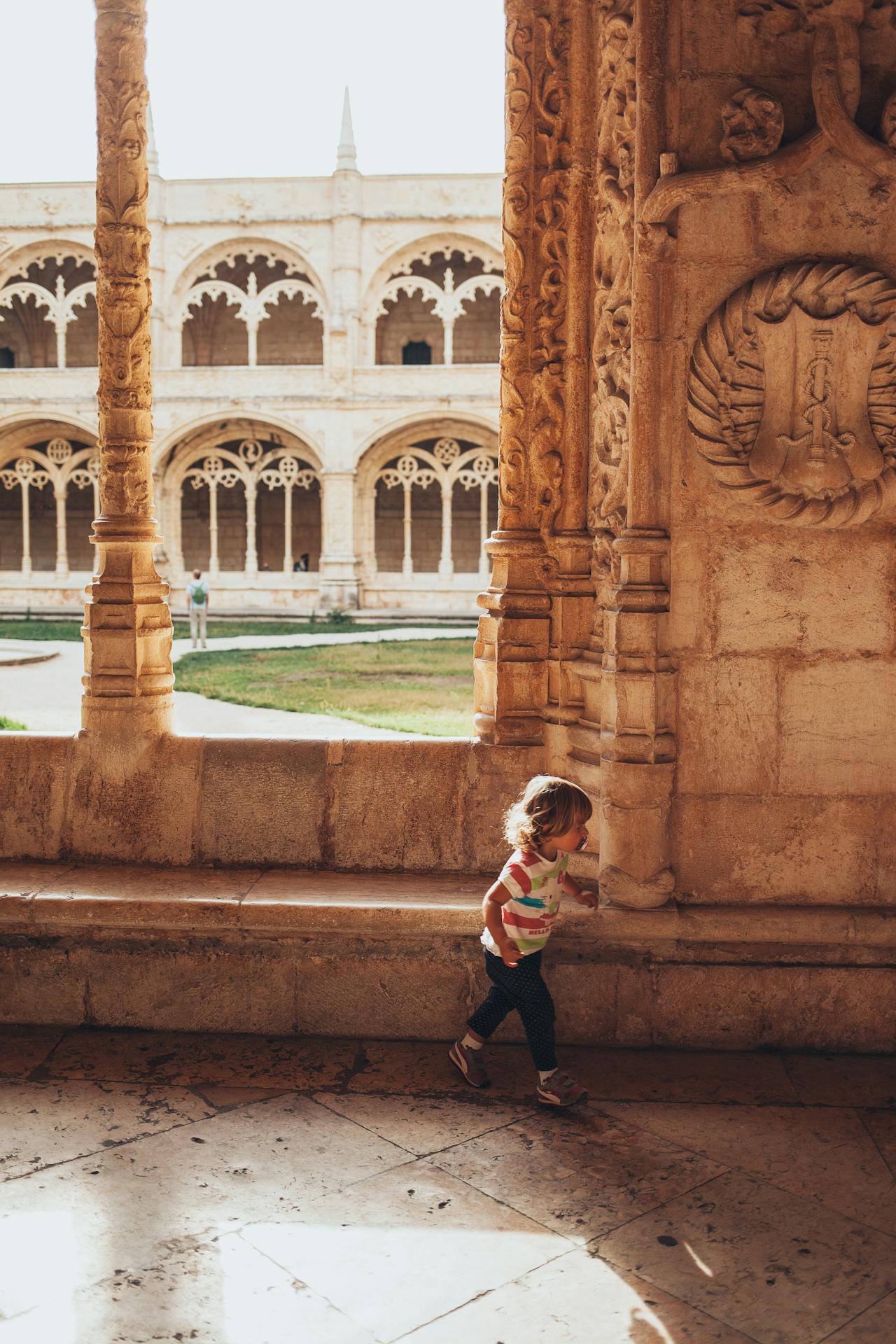
Eighth graders’ understanding of U.S. history continued a decade of decline in 2022, according to data from the National Assessment of Educational Progress (NAEP). The assessment revealed that just 13% of students scored proficient in history, while 40% of students scored below the basic level of knowledge in U.S. history. Beyond the basic homework help, there are a multitude of ways in which parents can help their children ignite a natural passion for history and culture. From the importance of engagement to how various online resources can make a major difference, there are several impactful ways in which you can bring historical events, places, and people to life.
Engagement is key to understanding
Engagement is crucial for students of all ages, as it helps develop an intrinsic desire to actually understand what one is learning about. “Engaged learners care about the subject, feel motivated or excited to learn, and take ownership of their own learning,” states an article by Stephanie Foster for the University of Colorado Boulder Center for Teaching & Learning. Whether the goal is to help your child complete an exhaustive homework assignment or you need to explain a complex historical event to help them better understand, there’s no question that engagement is key — especially when the goal is to make history more fun and enjoyable.
One LinkedIn article by Amena Muhammed Ali highlights the importance of active learning. The piece unveils the value of various strategies that can help students to be more engaged when it comes to the topic of history — one unique strategy explored is the power of simulations. One example given is an act-out of a significant event in history, like the signing of the Declaration of Independence. “By engaging in historical simulations, students can carry their history with them and gain a deeper appreciation for the importance of historical events.” The method can be applied to a number of historical events, and can be made as simple as possible — a bit of theater acting at home can be a great way to enact a memorable history lesson, even if it’s as simple and silly as getting your child’s stuffed animals to play a role.
Online resources highlight interactive and immersive solutions
Active learning is a key way to help your student learn about history at home. A visit to a museum is a great way to do this, especially when the museum features an exhibit that focuses on what your child is learning about in school. One study published in Educational Researcher and Education Nest discovered that children who are exposed to museums and other cultural institutions can benefit in multiple ways. For example, museums can help better develop a high level of cultural tolerance, as well as historical empathy, better memory, and stronger skills such as critical thinking, highlights the Maryville University post. However, many parents can find it difficult to find a museum that covers the right topic and is nearby. For example, a 33-hour drive to the Rock and Roll Hall of Fame in Ohio can be out of the question for a student who lives in Los Angeles.
Virtual tours can be a great compromise for many who are in search of an immersive experience. From museums to historical sites and beyond, famous locations all around the world can be made accessible right from your computer. If a text-based homework assignment is a struggle for your child, a virtual tour is a great activity to help them connect with what they are learning about in the classroom in an interactive and engaging way. Self-guided tours are essential for those who wish to explore the world’s most historically significant sites in a way that isn’t rushed, which will allow your student to fully absorb and thoroughly inspect all of the details. User-friendly guides help to provide a carefully curated route, in addition to descriptions of structures and other historical contexts.
The power of hands-on projects
Hands-on projects are a great way to further help your child learn about and understand various historical concepts in a creative way. The International Society for Technology in Education (ISTE) notes that research has long established a link between creativity and the intrinsic motivation to learn. “When students are focused on a creative goal, they become more absorbed in their learning and more driven to acquire the skills they need to accomplish it.” One PBS article further highlights the value that creativity has in relation to the learning process. For example, it’s noted that creativity has the potential to foster mental growth in children by “providing opportunities for trying out new ideas, and new ways of thinking and problem-solving,” in addition to the cultivation of the child’s uniqueness and diversity. In the context of history and culture, dioramas, posters, and even the creation of mini-figures to represent noteworthy historical events and people are all great ways to inject creativity into at-home study. Further ideas can include the recreation of cultural items — such as masks, ancient jewelry, and other artifacts.
It can be a challenge for students to connect with topics in the classroom, with assessment scores reflecting poorly on understanding in subjects like history. Through innovative strategies such as virtual tours, creative hands-on projects, and active learning methods, parents can help their children develop a passion for history right from home.
